Photos in the age of digital hoarding
I retrieved thousands of photos from the Cloud. What I learned about sensory overload will not shock you (but you may find it interesting).
Welcome to Art Life Balance, a newsletter about media, culture, and the creative process. If you enjoy this newsletter and would like to others to find it, please ♥, share, and subscribe!
A few weeks ago I embarked on an intrepid journey: Clawing back thousands of photos from Cloud storage.
For most of the time that I’ve owned a smart device, I’ve had a non-interventionist policy with the Cloud. It does its thing, I do mine, I click “no” when it tells me it’s full and that I simply must upgrade to paid. But due to gradually learning things about big tech companies I can’t unlearn, I’ve become uncomfortable giving Google or Apple unrestricted access to all my files.
So, after a series of micro-battles, I successfully wrenched them free. But now I have another problem on my hands.
What to do with all these photos?

Currently, they’re sitting in folders in my hard drive roughly organized by year. Given this storage location, I wonder, will I ever flop down on the couch and absent-mindedly flip through them like I do the old photo albums in my parents’ house, pausing on notable images to reminisce about the memories they evoke? I don’t need to consult a Magic 8 Ball to tell me the answer is “no.”
But why?
The erosion of meaning
I recently read an incisive article by Erik Hoel about the glut of Studio Ghibli-esque images on social media following OpenAI’s announcement that its new model could mimic the famous style.
“Many people are reporting that their mental relationship to art is changing,” he writes, “that as fun as it is to Ghibli-fy at will, something fundamental has been cheapened about the original.” He argues that viewing too much of the same thing creates “semantic satiation,” characterized by the apparent disintegration of a work’s meaning, like the sensation of repeating a word so many times that it begins to sound nonsensical.
If even Ghibli can become Ghibberish when it saturates our timelines, I suspect a similar cheapening effect is possible with our own photographs and, by extension, the memories they evoke, if we treat them carelessly.
The photo albums at my parents’ house feel precious because they contain a limited number of images: a few baby pictures, a smattering of my mom as a teenager with big hair and big dreams, a handful of my grandparents on my grandpa’s boat, in Aruba, in Alaska with their converted van (they did van life before it was cool). And then, there are the long-dead ancestors whose entire lives are memorialized only by an image or two. I’ll never know these people, but their photographs are sources of conversation, touchstones for my living relatives to describe who they were and how their choices impacted future generations.
It’s precisely the scarcity of these photos and the selective way they’ve been collected and stored that makes them interesting. In this form, they’re sources of wonder and mystery, suggesting but not revealing people’s lives beyond the frame. And their visual and tactile qualities as objects reveal information about the time in which they were taken.
By contrast, the seemingly endless array of digital images on my hard drive, loosely organized, create a sense of overwhelm and, eventually, apathy. Even though the photos aren’t all from the same place or in the same style, it’s simply not possible to care about this many moments.
Information glut
In the book “Technopoly,” Neil Postman argues that information glut poses a bigger problem for modern people than information scarcity.
In societies governed by the oral tradition or the early days of the written word, our greatest task was finding the information that would help us survive and thrive in a sparse information landscape, whereas in more recent years we have access to more information than we could ever truly process, and little of it directly impacts us.
Essentially, information only matters insofar as we can contextualize it and put it toward some constructive end. Spending our time sifting through the digital equivalent of the Great Pacific Garbage Patch to find a useful tidbit means wasting our time and draining our resources.
This obviously brings to mind the endless scroll of social media newsfeeds and the recent onslaught of AI text and images, which have made it more difficult to identify reliable, well-sourced, and human-created information. But the problem isn’t always external, as my photo storage experience shows. Sometimes we find ourselves mired in Garbage Patches of our own creation, struggling to contextualize and integrate the evidence of our own experiences.
When this happens, what can we do to regain a sense of meaning?
Embracing new (old) processes
I’m trying to answer this question by looking back — to more intentional forms of image-making.
In addition to continuing to organize my existing photos with the intent of printing out a select group and saving them in physical photo albums, I’ve started using instant and film cameras, curious if these practices would change my relationship to the photos I take.
These cameras have serious limitations.
The Polaroid requires special film that makes taking too many photos prohibitively expensive, the images it takes are far less sharp and saturated than those taken with a cell-phone or digital camera, and there’s no opportunity to edit in post.
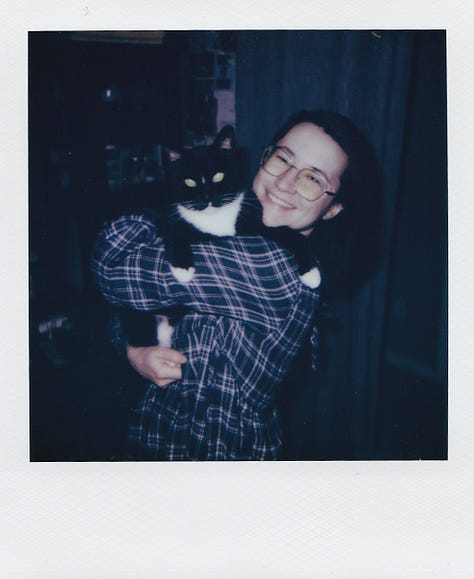
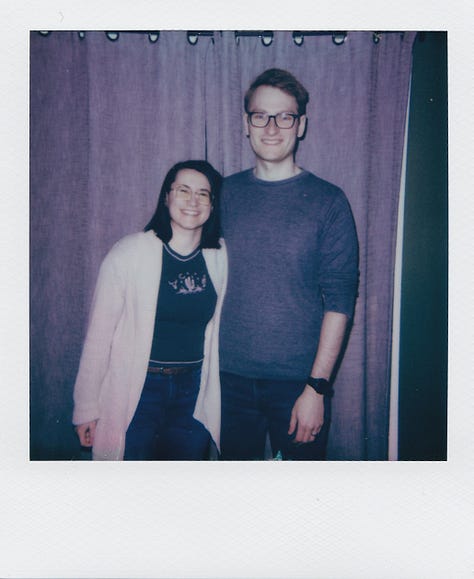
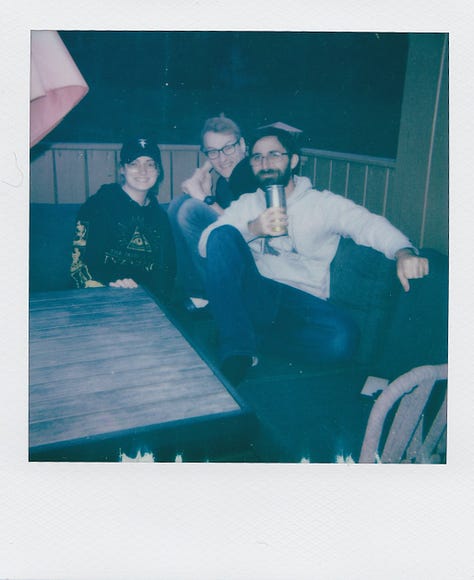
And film cameras require a much greater depth of knowledge than that required to use a phone or DSLR: I have to know how to load and unload film, calibrate the light meter, and manually adjust each setting. This hobby can also be costly, and the gap between taking a photo and seeing it developed can introduce frustrating periods of trial and error.
Then there’s the prospect of learning how to develop film at home, which (if I decide to go that route) will introduce its own list of constraints.
And yet.
It’s exactly these constraints that make these practices feel substantial. Knowing each roll of film enables me to take only a finite number of photos (what doesn’t fit on my device won’t be automatically stored in some data center somewhere) makes each individual image more precious. This makes me more deliberate about what I choose to photograph.
Regaining aura
Of course, all this provokes the question: What else can be gained by letting go? Why not do away with the cameras entirely and just, like, live in the moment man?
In his 1935 essay, “The Work of Art in the Age of Mechanical Reproduction,” Walter Benjamin takes a critical stance toward the camera, exploring how its introduction to society changed the way people approach art. He compares and contrasts films and stage-plays, arguing that films force a viewer’s gaze to follow that of the camera whereas plays enable more active viewing. He also discusses art’s “aura,” the particular characteristics that arise from its presence in a specific place and time. Actors might perform the same play again and again, but each iteration will be a little bit different. It’s the unique characteristics of each performance that add texture and depth to the experience of viewing it.
In an episode of the “Search Engine” podcast, NPR’s Ira Glass makes a similar comparison between the radio and the internet, explaining the intimacy that was lost when “This American Life” episodes could be archived online.
For most people, overwhelmingly, you would hear something on the radio and then you would never hear it again, and then it would get better in your mind. Like the show would improve with age. And that was kinda cool to make something, that was like, it existed for a moment for you to share with somebody. Like an intimate moment with another person. And that’s okay for that to be all it is. It doesn’t have to last for centuries.
This statement implies that memories, to remain powerful in our minds, don’t necessarily require evidence — like a photograph or digital recording. That in fact, reducing them to that can be limiting when it demystifies our recollection of the past.
What’s more, when we’re the one standing behind the camera, we’re not experiencing the moment in the most direct way. Health and science writer and author of “How to Break Up With Your Phone” Catherine Price makes a similar point on a recent episode of the “Modern Wisdom” podcast, saying that when you’re on your phone, it’s like you’re “not really there,” and that putting our phones away can go so far as making time appear to slow down.
“[Real life embodied experiences] will by definition have an element of novelty because no real life experience is ever the same twice,” she said. “All of those individual little memories will actually make your perception of time different.”
Her central premise is that recollection relies on novelty, and when we eschew real life novelty by living on our phones, we hinder our ability to form strong memories. Lacking vivid memories that serve as touch-points in time, time itself appears to go by faster.
Back at the lab
I love taking photos for artistic purposes, for their power to evoke memories, and for the way they provoke conversations with friends and family.
I especially love how carrying a camera around can make me more observant. Oriented by the desire to get an interesting shot, I become attuned to details in my surroundings that I would otherwise overlook — the duplex split down the middle into two contrasting colors, the flower sprouting from a crack in the pavement, a broken bicycle casting an intricate shadow.
I don’t plan to stop experimenting with digital, film, or instant cameras or saving images of people I’ve seen and places I’ve been. I hope to share these images with my own children one day, who I’m sure will derive great joy from criticizing my early 2000s bowl cut (not pictured, intentionally).
But my journey through thousands of Cloud photos has helped me realize that leaving the camera behind can be just as meaningful a choice as bringing it along. Tools that can enhance our experience of life when used with care can become obstacles to fully experiencing it if we fail to exercise the appropriate amount of restraint.
“A picture is worth a thousand words, but a thousand pictures might be worth nothing at all,” wrote Postman.
Going forward, I’ll try to heed these words by carefully selecting where I direct my lens — and my attention.
Thank you for reading Art Life Balance.
If you liked this post, I’d love to know! Please ♥, share, or leave a comment.
Want to support this newsletter?
Consider becoming a paid subscriber. There are no fancy perks, but you will receive my sincere gratitude!






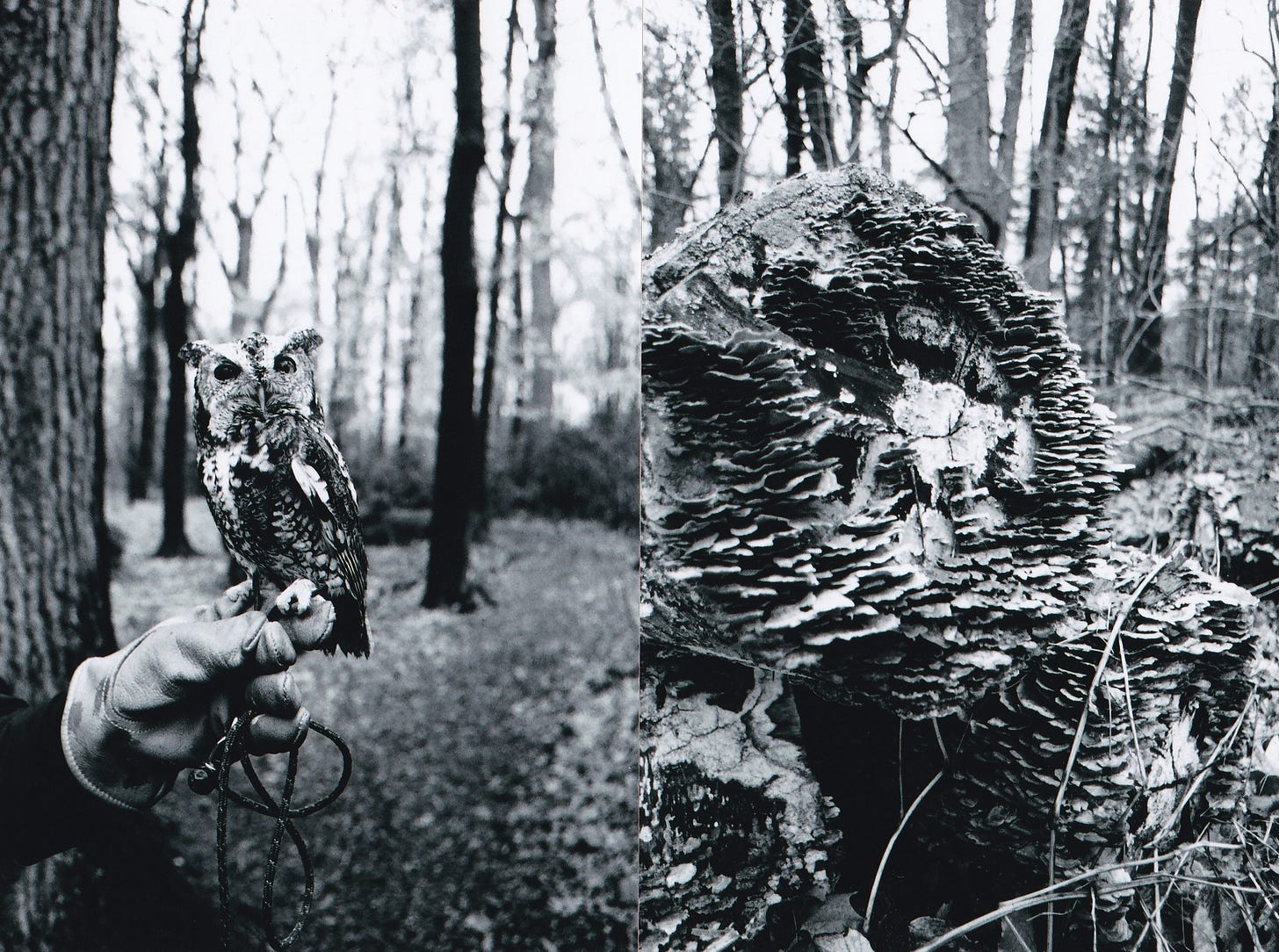
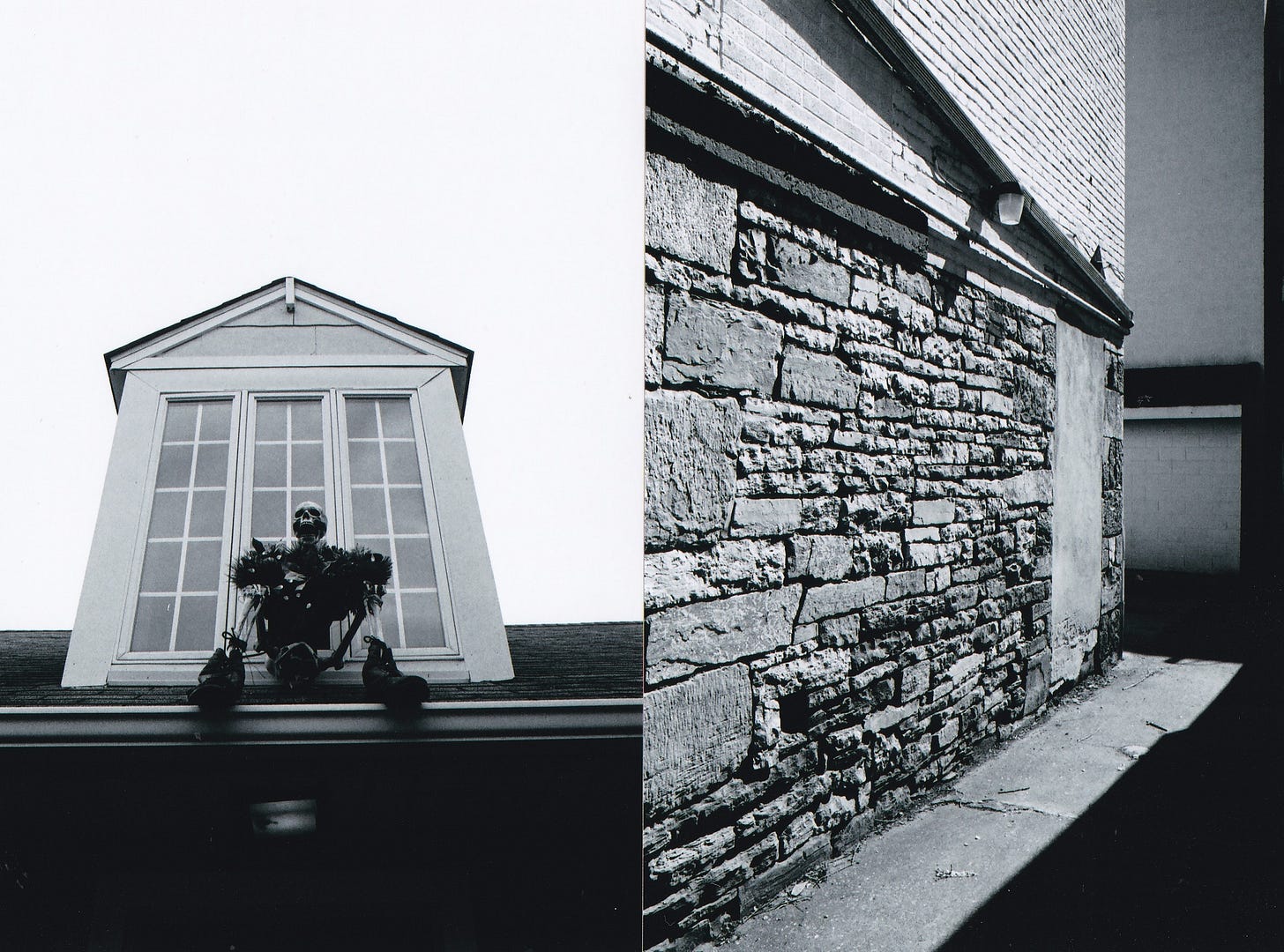
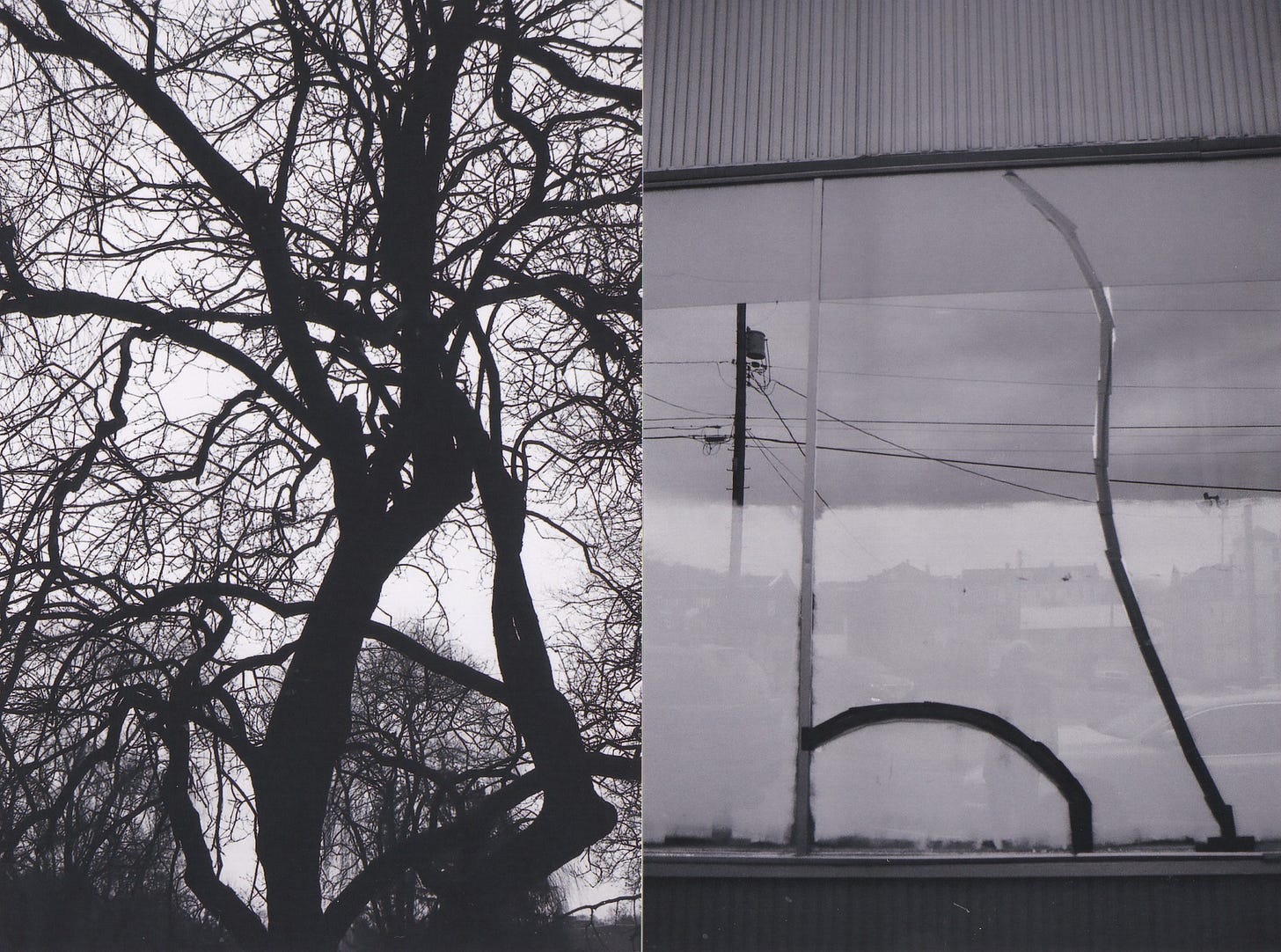
I've been thinking about it lately. I have a few pictures of me as a baby and toddler, and obviously zero videos. I have no idea what I was LIKE as a baby and a toddler. My daughter on the other hand has this almost daily record of her life since she was born. She is 3 now and often revisits her own baby photos and seems to create this vision of herself as a baby, then as a toddler, that she is integrating into her sense of self, that I, or anyone in my generation, ever had. Our babyhood, and toddlerhood is forever lost to us.
As a hybrid photographer and artist, I find myself in a somewhat similar way of thinking. Interestingly enough, as I've started to edit more and more, I find myself with less and less images. This has been good to combat the cheapening, even if I still take a ridiculous amount of images weekly.
It really resonates when you talk about the images hanging on the wall in the past. I need to think on that more, and how strong an influence one or two family portraits have had on me. Cheers~